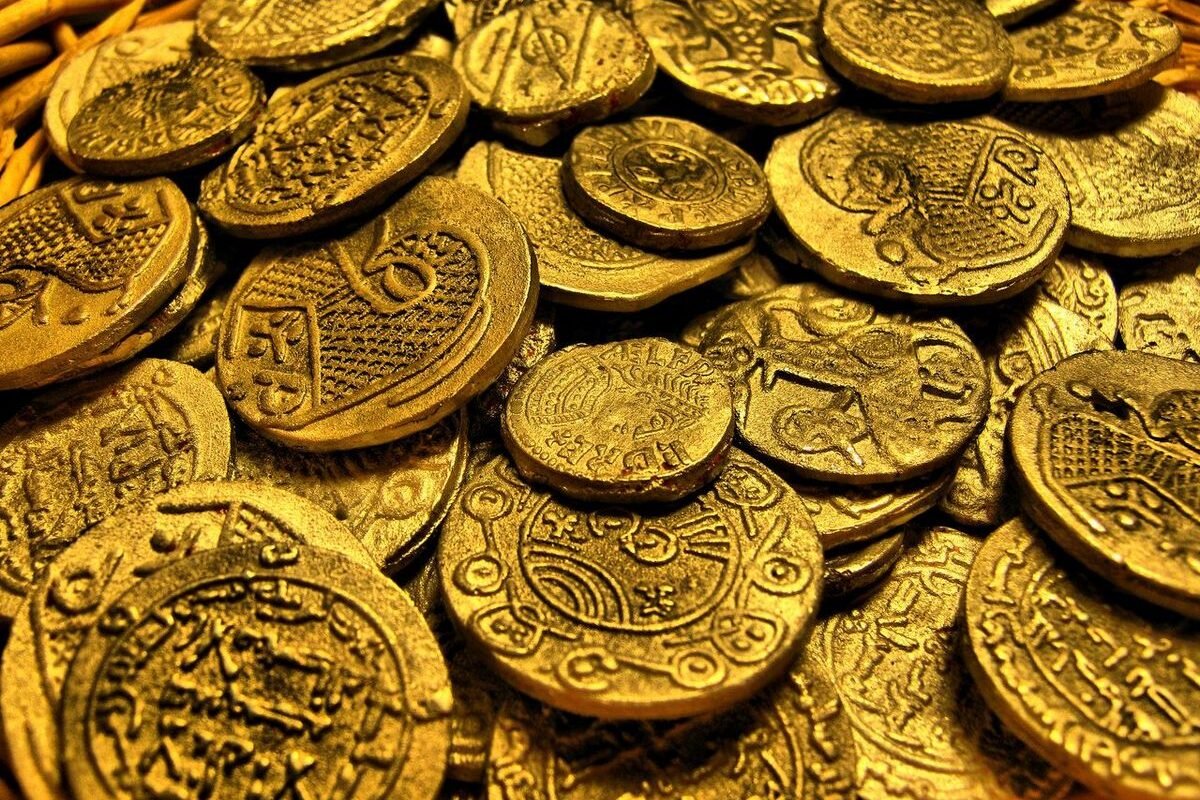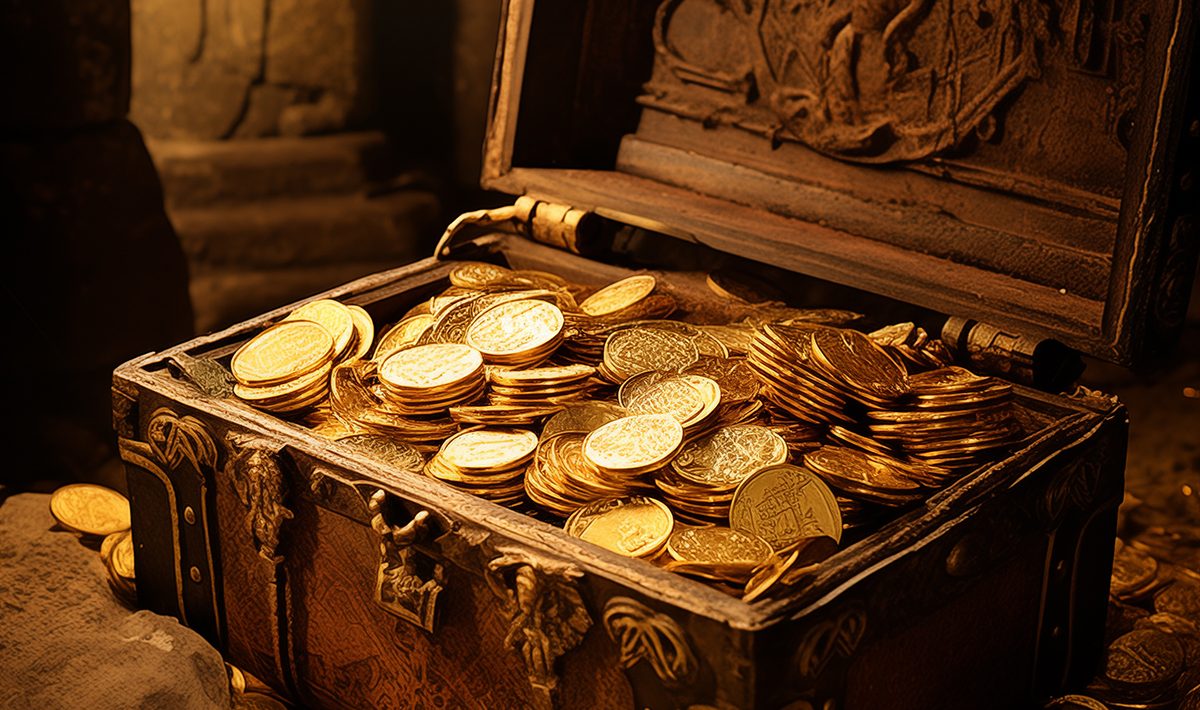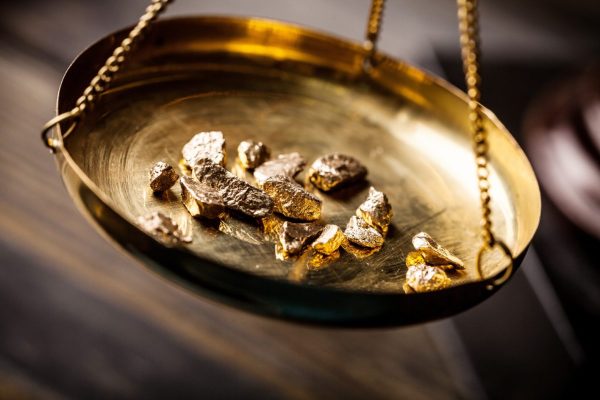Imagine you are weeding your garden and stumble upon a real treasure dating back five centuries.
That is exactly what happened to a British couple who unearthed 64 Tudor gold coins, estimated to be worth nearly €260,000. It is a find that fascinates history buffs and numismatists alike.
A discovery worthy of an adventure novel
It all happened in Milford-on-Sea, Hampshire (United Kingdom). While digging in the clay soil of their land, a couple in their fifties saw something shiny that turned out to be an exceptional treasure.
A total of 70 coins were identified, 64 of which were found directly by the couple and 6 unearthed by subsequent archaeological research. Their current value is estimated at £230,000, or approximately €260,000.
Coins in exceptional condition
Experts at the British Museum confirmed that they were Tudor coins, some dating from the reign of Henry VI in the 1420s, others from the time of Henry VIII, up to 1537.
Their condition surprised the specialists:
- Some coins still bear the initials of Catherine of Aragon and Jane Seymour, two of Henry VIII’s wives.
- Despite their 500 years of history, their details are almost intact.
‘It’s a fantastic treasure,’ said numismatist David Guest, highlighting the historical and financial significance of the discovery.
Where did this hidden treasure come from?
Several hypotheses are circulating as to the origin of this gold deposit:
- It may have been buried by a clergyman from the nearby priory of Christchurch at the time when Henry VIII dissolved the monasteries. This would have been a way of protecting the clergy’s fortune from royal seizure.
- Another theory suggests that a wealthy merchant hid his assets to protect them.
At the time, this sum – around 26 pounds sterling – was enough to buy a house. In other words, its owner was part of the economic elite of his time.

An auction that promises to be spectacular
This treasure will be put up for sale on 5 November in Zurich, at David Guest Numismatics. Collectors and history buffs are likely to fight over these coins, which are of inestimable heritage value.
Usually, discoverers have to share the proceeds of the sale with the owner of the land. But in this case, luck was on their side: the couple own both the land and the treasure.
Why is this kind of discovery so fascinating?
Finding a treasure buried in your own garden is a bit like winning the lottery but with a unique historical and emotional dimension. It reminds us that beneath our feet sometimes lie the remains of a forgotten past, ready to resurface with a simple stroke of a spade.





